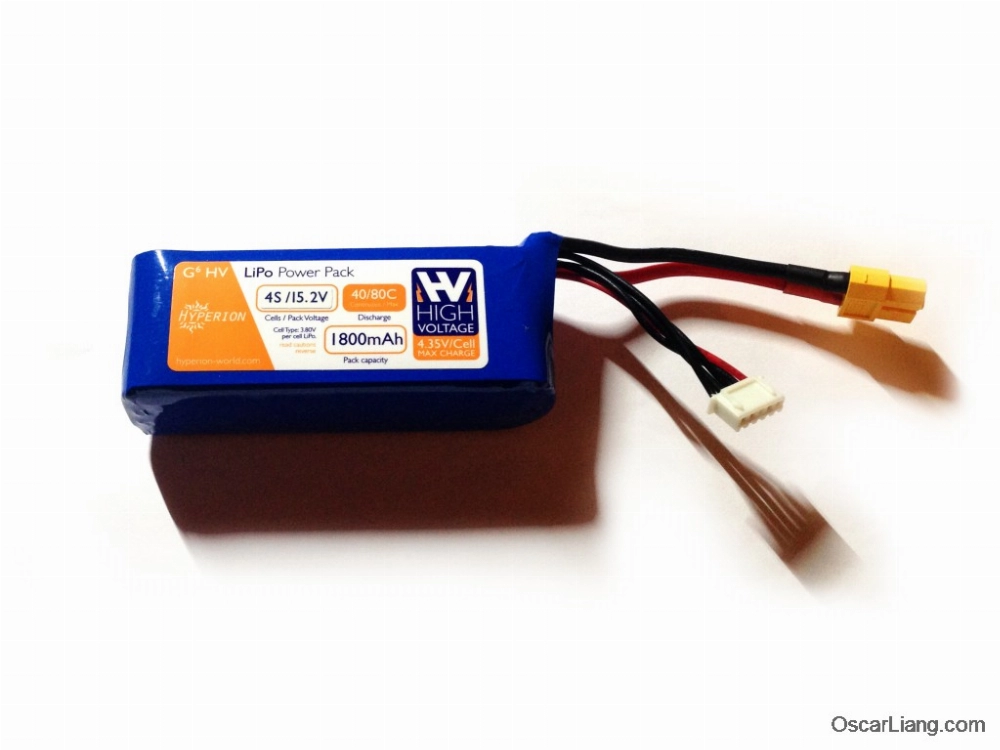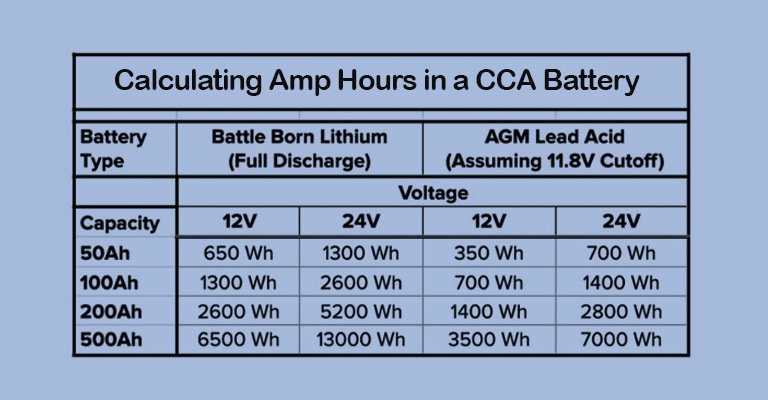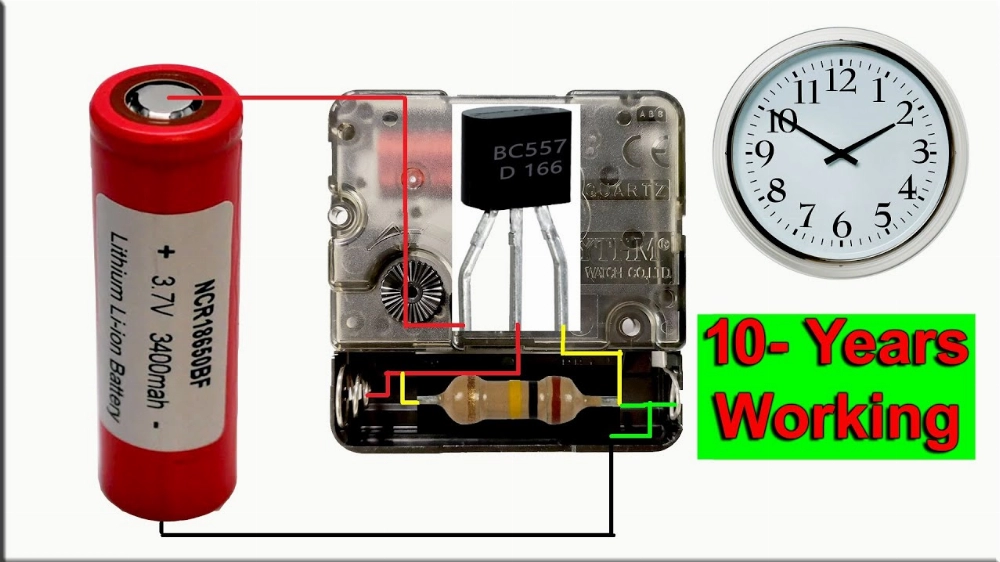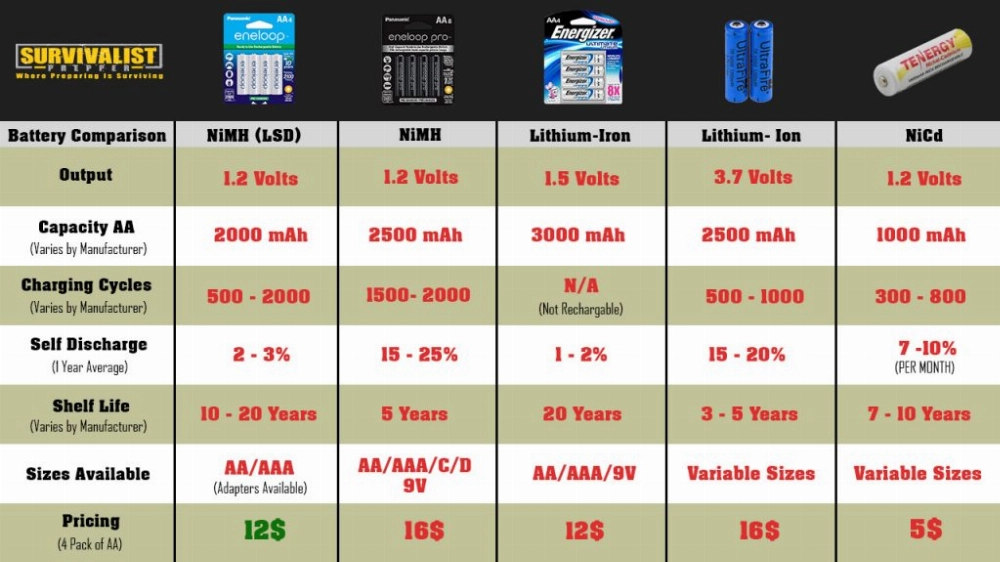In recent years, lithium polymer (LiPo) batteries and high-voltage lithium polymer (LiHv) batteries have become popular choices for various applications due to their superior performance and energy storage capabilities. These advanced batteries are widely used in hobbyist drones, remote control cars, and many electronic devices. Understanding the differences between LiPo and LiHv batteries is crucial for making informed decisions about which battery to choose.
Part 1: What is a LiPo Battery?

A lithium polymer (LiPo) battery is a type of rechargeable battery that uses lithium-ion technology. LiPo batteries consist of multiple cells, each containing a positive electrode (cathode), a negative electrode (anode), and an electrolyte. These cells are typically encased in a flexible polymer pouch, allowing for a compact and lightweight design.
Advantages and Disadvantages of LiPo Batteries
The advantages of LiPo batteries include:
- High Energy Density: LiPo batteries have a high energy density, meaning they can store a large amount of energy in a small size.
- Lightweight: The flexible polymer pouch contributes to the lightweight nature of LiPo batteries, making them ideal for applications where weight is a critical factor.
- High Discharge Rate: LiPo batteries offer high discharge rates, resulting in greater power output and improved performance in demanding applications.
- Versatile Shapes: The flexible pouch allows LiPo batteries to be manufactured in a variety of shapes and sizes, allowing them to be incorporated into diverse device designs.
- No Memory Effect: LiPo batteries do not have a memory effect, so they can be charged at any time without affecting overall capacity.
However, LiPo batteries also have some disadvantages:
- Overcharge Sensitivity: Overcharging LiPo batteries can be dangerous, potentially causing them to swell, overheat, or even ignite.
- Limited Lifespan: LiPo batteries have a limited lifespan, typically measured in charge cycles, and their capacity degrades over time.
- Storage Requirements: Proper storage is essential. LiPo batteries should be stored in environments that avoid extreme temperatures to maintain performance and prevent degradation.
Part 2: What is a LiHv Battery?
Lithium High Voltage Polymer (LiHv) batteries are an improved version of traditional LiPo batteries. LiHv batteries are designed to operate at a higher voltage, providing increased power output and voltage stability.
Advantages and Disadvantages of LiHv Batteries
Compared to traditional LiPo batteries, LiHv batteries offer several advantages:
- Higher Voltage: LiHv batteries have a nominal voltage of around 3.8 volts per cell, compared to 3.7 volts per cell for regular LiPo batteries. This higher voltage translates to increased power and improved performance.
- Enhanced Power Output: LiHv batteries are designed to deliver power more efficiently, reducing voltage sag and improving performance under heavy loads.
- Longer Lifespan: Due to their improved chemistry and voltage stability, LiHv batteries often have a longer lifespan than LiPo batteries.
- Compatibility: LiHv batteries are often backwards compatible with devices designed for LiPo batteries, allowing users to upgrade without replacing existing equipment.
However, LiHv batteries also have some disadvantages:
- Higher Cost: LiHv batteries tend to be more expensive than standard LiPo batteries due to the advanced technology and superior performance.
- Higher Voltage: The higher voltage of LiHv batteries may not be suitable for devices not designed to handle it, potentially leading to damage or malfunction.
Part 3: Key Differences Between LiPo and LiHv Batteries
Chemical Composition
LiHv batteries typically contain more cobalt than LiPo batteries. This difference in composition contributes to enhanced performance and voltage stability. LiHv batteries are designed to withstand higher voltages, resulting in greater power and more sustained energy delivery.
In conclusion, both LiPo and LiHv batteries offer unique advantages depending on the application. LiPo batteries are ideal for lightweight, high-energy applications, while LiHv batteries provide higher voltage and superior performance in high-load applications.
KHZH is dedicated to providing reliable and efficient power solutions. Choose the battery that best suits your device’s needs to achieve optimal performance. For more details, check out Top 10 Best 24V Lithium Batteries – 2025 Picks.
LiHv vs. LiPo Batteries: Key Differences
Voltage Output
LiPo batteries typically have a nominal voltage of 3.7 volts per cell, while LiHv batteries offer a higher voltage range, typically from 3.8 to 4.35 volts per cell.
Energy Density
LiHv batteries generally have a higher energy density compared to LiPo batteries, thanks to their unique chemical composition and design.
This higher energy density means they can store more energy in the same space or weight, making them ideal for applications where size and weight are critical.
Charging Voltage
LiHv batteries require the use of a specialized charger capable of handling their higher charging voltage.
Internal Resistance
LiHv batteries typically have a lower internal resistance than LiPo batteries. Lower internal resistance allows for faster discharge rates, resulting in better performance, especially in high-load applications such as RC vehicles or drones.
Safety Considerations
While both LiHv and LiPo batteries have certain safety concerns, they exhibit greater voltage stability and a reduced risk of swelling or fire during use or charging, making them generally considered safer than LiPo batteries.
Cost
LiHv batteries are generally more expensive than LiPo batteries due to their advanced chemical composition and superior performance. However, this increased cost can be justified for applications requiring high performance and energy density.
Application Suitability
LiHv batteries are commonly used in high-performance RC models, drones, and other applications where maximum power and energy density are required. On the other hand, LiPo batteries are more common in consumer electronics and hobbyist applications, offering a balance of performance, cost, and safety.
Liquid Metal Batteries vs. Lithium-ion Batteries: A Comprehensive Comparison
Explore the key differences between liquid metal batteries and lithium-ion batteries. We examine their characteristics, applications, advantages, disadvantages, costs, and future potential.
Understanding Lithium Polymer (LiPo) Batteries: Capacity, Lifespan, and Other Characteristics
Delve into the world of LiPo (Lithium Polymer) batteries – understand their capacity, energy density, cycle life, and more. This comprehensive guide will help you optimize performance and avoid common issues.
What is a U1 Battery?
Familiarize yourself with the dimensions, various types, and maintenance tips for U1 batteries. Learn the key differences between AGM and lithium U1 batteries, and learn how to choose the best option for your needs.
SLI Batteries Explained: Types, Functionality, and Operation
Understand what an SLI (Starting, Lighting, and Ignition) battery is, how it works, and how it differs from other types of batteries like AGM, EFB, and deep-cycle batteries. This guide also includes essential maintenance tips to keep your battery in optimal condition.








